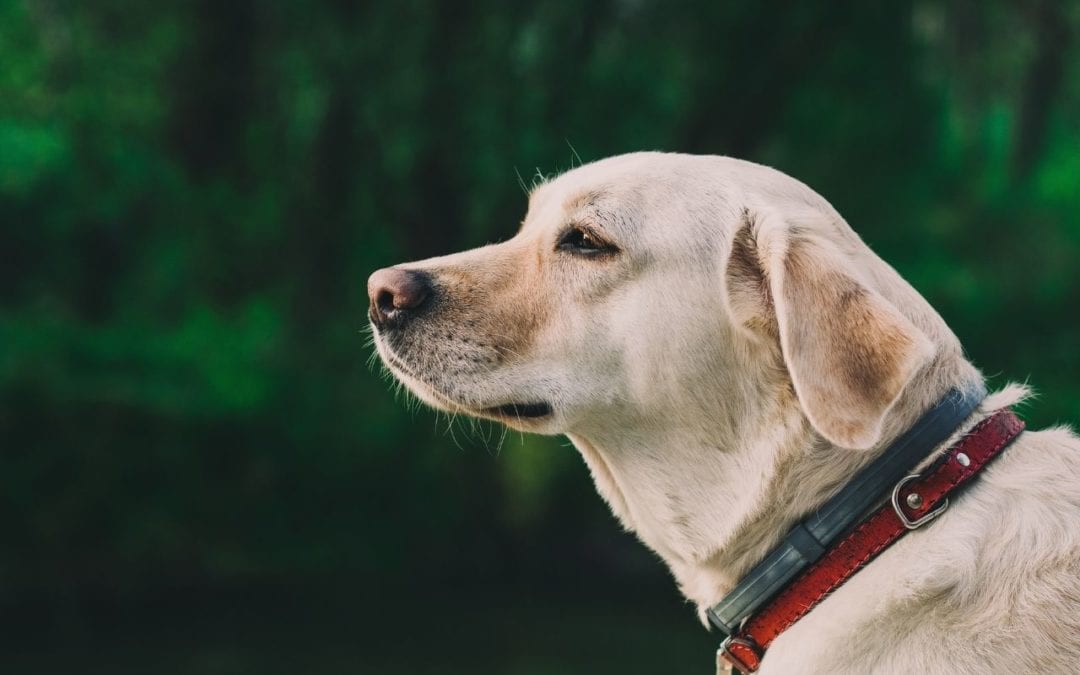
How to introduce a collar to a shy dog effectively and gently?
Share
Introducing a collar to a shy dog can be a delicate task. As a health-conscious pet owner, you understand the importance of ensuring your pet's comfort and security in every new experience. The right approach can make all the difference, especially for dogs that are timid or anxious by nature.
In this article, we'll explore various strategies on how to introduce a collar to a shy dog without causing stress. We'll delve into understanding your dog's behavior, choosing the right type of collar, and offering tips to make the transition as smooth as possible. By the end, you'll be equipped with the knowledge to make this an enjoyable experience for both you and your furry friend.

Understanding Your Shy Dog's Behavior
Shy dogs often exhibit signs of anxiety or fear when faced with new situations or objects. Recognizing these signs is crucial in approaching the introduction of a collar. Look for behaviors such as cowering, hiding, or excessive barking. Understanding these cues can help you tailor your approach to introducing a collar in a way that respects your dog's comfort levels.
Every dog is unique, and what works for one may not work for another. It's essential to be patient and attentive to your dog's reactions as you proceed. Taking the time to understand your dog's behavior will not only ease the collar introduction but also strengthen the bond between you and your pet.
Choosing the Right Collar for Your Shy Dog
When it comes to selecting a collar, comfort and fit are paramount, especially for a shy dog. Opt for a soft, lightweight collar that won't feel too cumbersome or restrictive. Leather or fabric collars are often recommended for their comfort and durability. Ensure that the collar fits well; it should be snug enough to stay in place but loose enough to allow two fingers to slide between the collar and your dog's neck.
For more insights on measuring the perfect fit, you can refer to this guide on measuring dog collars.
Introducing the Collar Step-by-Step
1. **Familiarization**: Before placing the collar on your dog, let them sniff and explore it. This initial step allows your dog to become acquainted with the collar in a non-threatening manner.
2. **Positive Reinforcement**: Reward your dog with treats and praise when they show interest in the collar. This creates a positive association and reduces anxiety.
3. **Short Sessions**: Begin by placing the collar on your dog for short periods. Gradually increase the duration as your dog becomes more comfortable.
4. **Monitor Reactions**: Pay attention to your dog's body language. If they appear stressed, remove the collar and try again later.
5. **Consistency is Key**: Consistency helps in building trust and familiarity. Maintain a routine when introducing the collar to establish a sense of normalcy.
Understanding the Benefits and Addressing Concerns
Introducing a collar has multiple benefits, including safety and identification. However, some pet owners may have concerns about discomfort or skin irritation. To address this, ensure regular checks for any signs of chafing or irritation and adjust the collar as needed.
For more information on avoiding common collar mistakes, read this insightful article on e-collar training mistakes.
Transitioning to Outdoor Adventures
Once your dog is comfortable wearing a collar indoors, you can begin introducing it during outdoor activities. Start with short walks, allowing your dog to get used to the new sensation in a familiar environment. This gradual exposure helps build confidence and reduces potential anxiety.
For a deeper dive into related pet training techniques, you might find our article on training a dog to accept a collar useful.
Maintaining a Positive Experience
As your dog becomes accustomed to wearing a collar, continue to use positive reinforcement to encourage this behavior. Celebrate small victories with treats and affection, reinforcing the idea that the collar is a part of their routine.
Conclusion: Patience and Persistence Pay Off
Introducing a collar to a shy dog is a journey that requires patience, understanding, and consistency. By taking the time to understand your dog's unique needs and gradually acclimating them to the collar, you can ensure a seamless transition. Remember, every dog is different, and what matters most is creating a positive, stress-free experience for your beloved pet.
For tips on recycling old collars, check out our article on recycling dog collars.

Frequently Asked Questions
Is it normal for a dog to resist wearing a collar initially?
Yes, it's common for dogs, especially shy ones, to resist a collar at first. The key is gradual introduction and positive reinforcement.
What type of collar is best for a shy dog?
A soft, lightweight collar made from leather or fabric is often best for shy dogs. Ensure it fits properly to avoid discomfort.
How can I tell if my dog is uncomfortable with the collar?
Signs of discomfort include excessive scratching, pawing at the collar, or signs of distress. If you notice these, adjust or remove the collar and try again later.
This article contains affiliate links. We may earn a commission at no extra cost to you.
